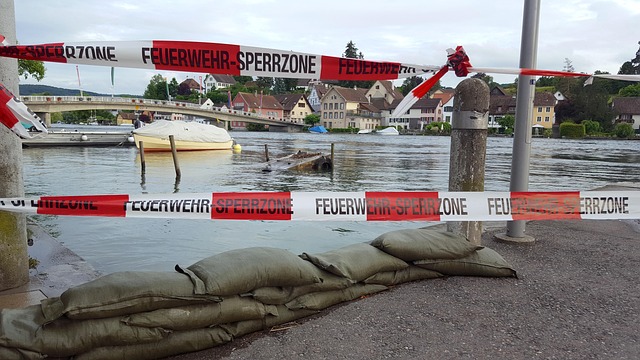As the effects of climate change become increasingly apparent, the necessity of safeguarding our coastal communities has never been more urgent. One pivotal solution to this pressing issue is the implementation of flood barriers, a technology designed to protect our shorelines and the livelihoods that depend on them. These structures are not just concrete and steel; they represent hope and resilience, a tangible response to the rising tides driven by global warming and increasingly unpredictable weather patterns.
The environment around us is changing rapidly. Glaciers are melting, sea levels are rising, and extreme weather events are becoming more frequent. Coastal areas, home to millions of people, face the imminent threat of flooding and erosion. Flood barriers serve as bulwarks against this relentless assault of nature. Imagine standing in a bustling coastal town, watching the serene waves lapping against the shore, when suddenly, dark clouds gather, and the winds begin to howl. Without warning, a storm surge could bring the ocean crashing over the shores, endangering lives and property. Flood barriers act as the first line of defense in such scenarios, providing a shield that can minimize damage and protect our communities.
Not only do flood barriers offer physical protection, but they also give communities a sense of security. Knowing that there are measures in place to shield against potential disasters fosters resilience among residents. Local businesses can operate with confidence, families can rest easy, and economies can thrive even in the face of looming threats. These structures are essential investments in both the present and the future, as they allow us to adapt to the realities of our changing environment while preserving our coastal heritage.
However, the role of flood barriers extends beyond mere protection. They are part of a broader conversation about environmental stewardship and sustainable practices in the era of climate change. Building and maintaining these barriers requires careful planning and consideration of the surrounding ecosystem. It’s crucial to ensure that these structures do not disrupt marine habitats or contribute to further environmental degradation. By harmonizing flood defenses with ecological conservation efforts, we can create a balanced approach to protecting both our communities and our coasts.
Moreover, supporting the construction of flood barriers also highlights the importance of community engagement and preparation. Local governments and organizations play a vital role in educating residents about flood risks and promoting awareness of climate change. Workshops, town hall meetings, and community forums can empower individuals to take proactive measures in protecting their homes. Whether it’s advocating for more resilient infrastructure or participating in local clean-up events, every action counts in our collective fight against climate change.
As we forge ahead in a world that demands our immediate attention to the effects of climate change, we must recognize the critical role that flood barriers play in our coastal defenses. These structures are not just a response; they are part of our strategy to adapt and thrive amidst the challenges posed by a warming planet. By investing in robust coastal protection, prioritizing sustainable practices, and fostering community engagement, we can ensure that our coasts remain vibrant and resilient for generations to come.




